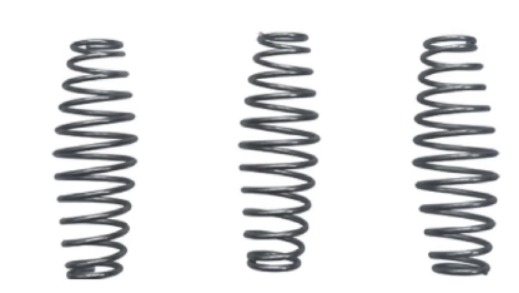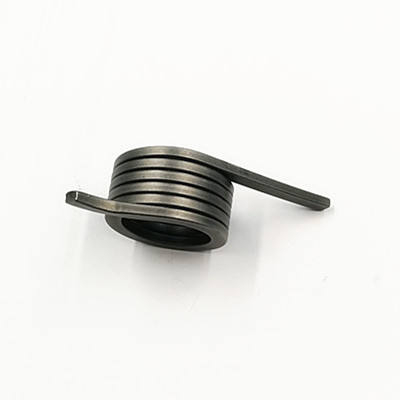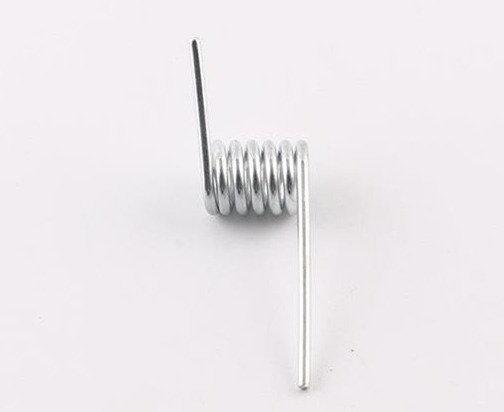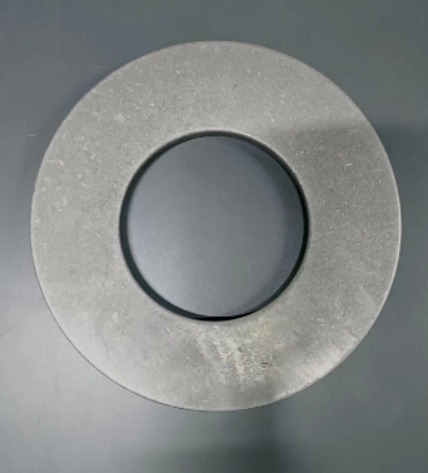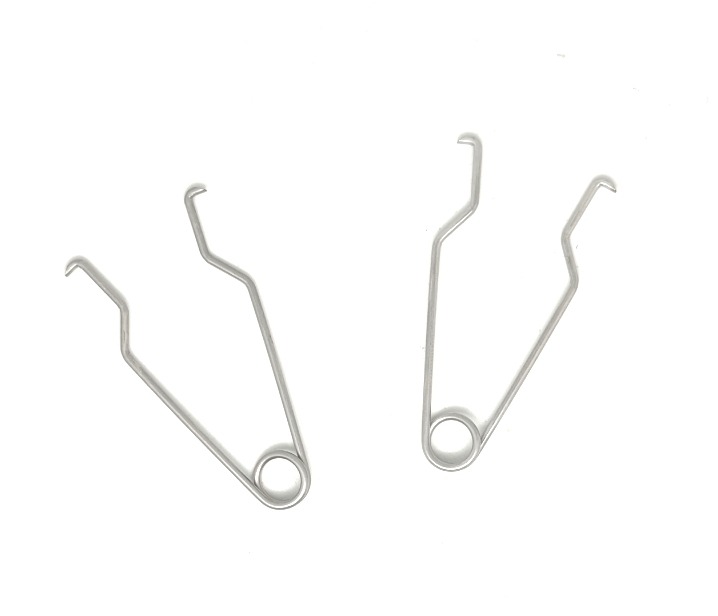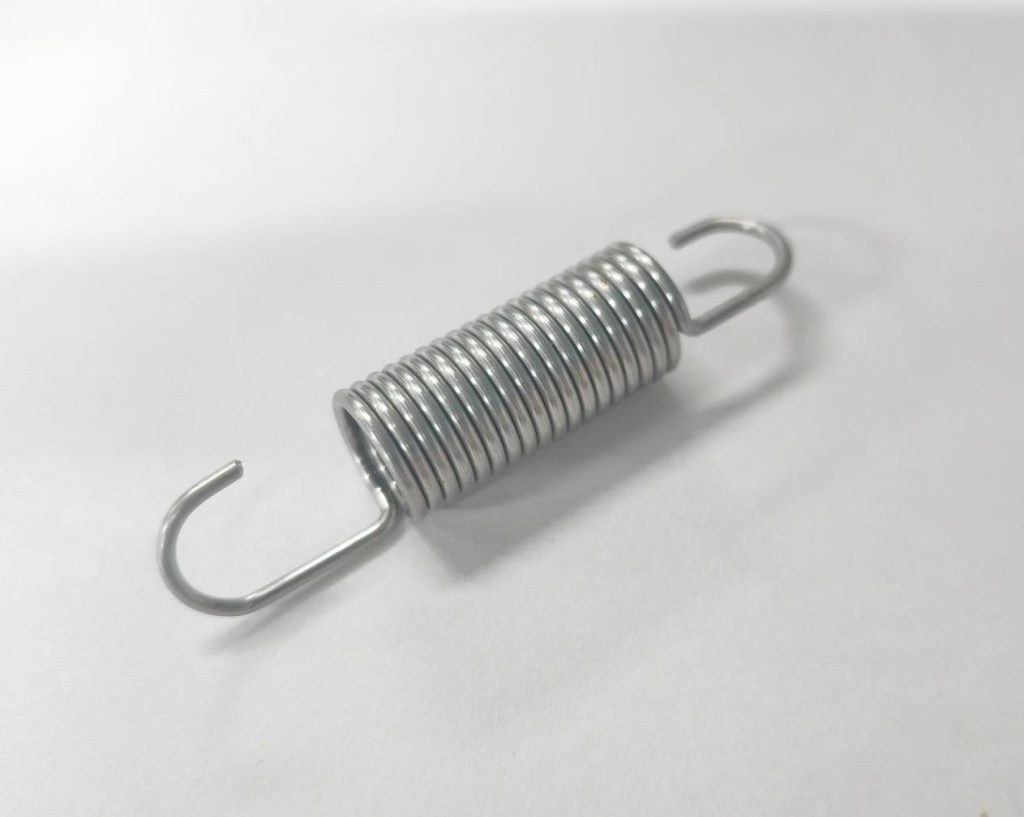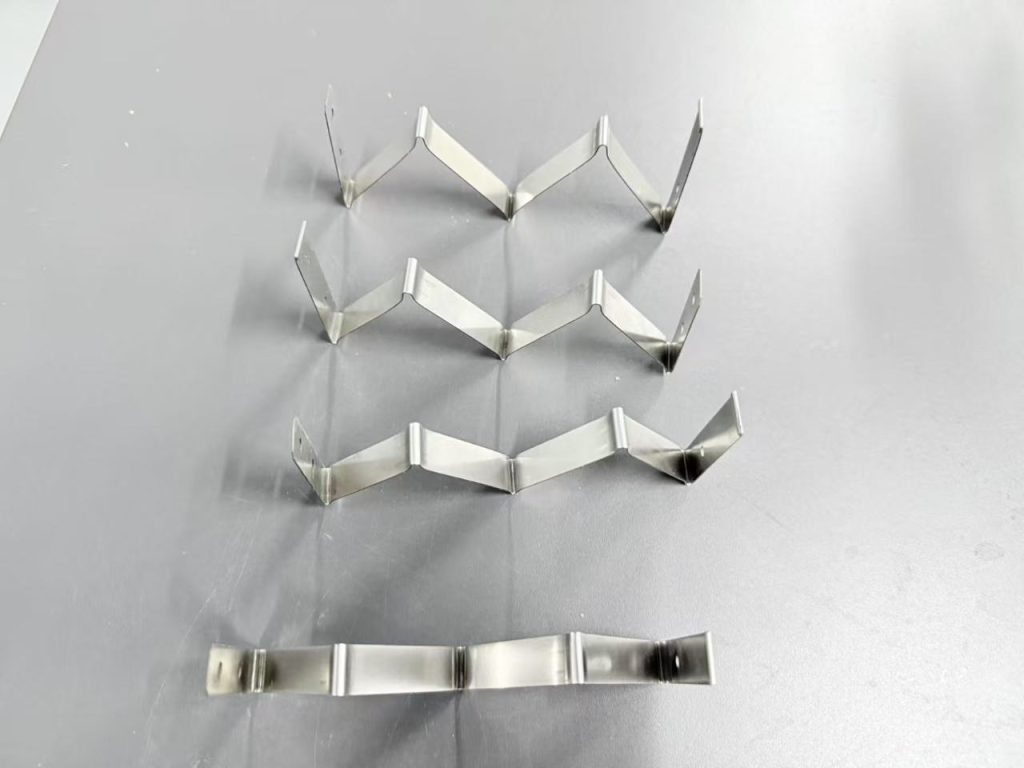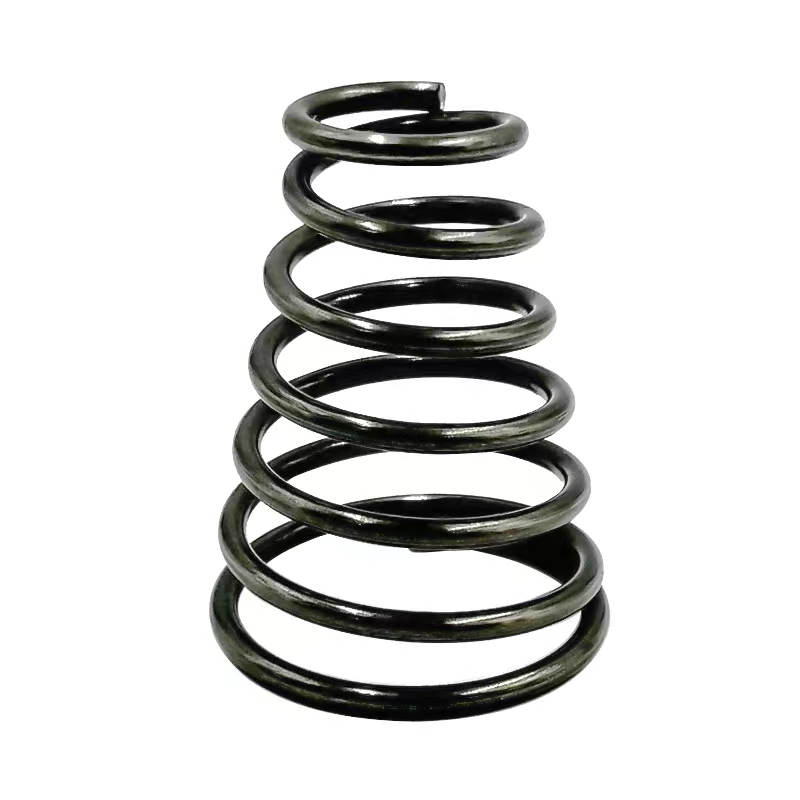The Role of Custom Torsion Springs in Bicycle Design
When it comes to the intricate design of bicycles, every component plays a crucial role in ensuring optimal performance, comfort, and safety for riders. Among these components, torsion springs stand out as critical elements that contribute to the smooth operation and functionality of various bicycle mechanisms. In this article, we delve into the significance of custom torsion springs in bicycle design, exploring their mechanics, the importance of customization, and the tangible benefits they offer to cyclists.
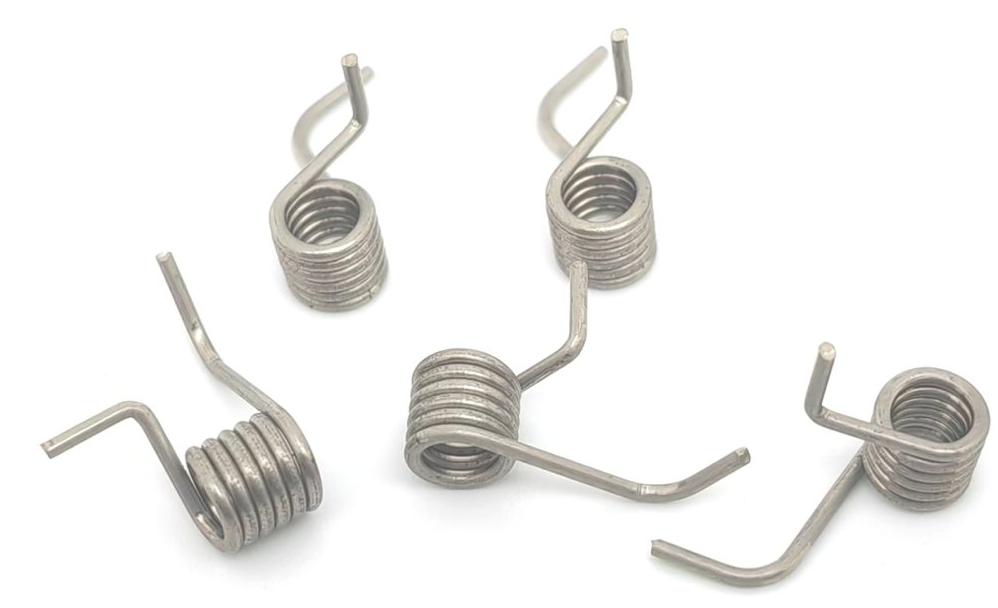
What is Torsion Springs?
Torsion springs are mechanical components designed to store and release rotational energy when subjected to twisting or torsional force. Their structure allows them to absorb energy and provide resistance against rotation, making them ideal for applications where torque needs to be applied in a controlled manner.
The mechanics of torsion springs are relatively simple yet highly effective. As they undergo torsional deformation, torsion springs store potential energy within their coils. This stored energy is released when the applied torque is removed, allowing the spring to return to its original position. This fundamental principle forms the basis of their function in various mechanical systems, including bicycles.
Types of Torsion Springs Commonly Used in Bicycle Design
In bicycle design, several types of torsion springs are commonly used to fulfill specific functions and requirements. These include:
- Suspension Springs: Suspension systems in bicycles often utilize torsion springs to absorb shocks and vibrations from uneven terrain. These springs are typically integrated into the front fork or rear shock absorber assembly to provide a smoother and more comfortable ride for the cyclist.
- Braking Springs: Torsion springs play a crucial role in the operation of bicycle braking systems. They are used to apply pressure to brake pads against the rim or disc, allowing the cyclist to decelerate and stop effectively. Braking springs help ensure consistent and reliable braking performance under varying conditions.
- Gear Mechanism Springs: Torsion springs are also employed in gear mechanisms to facilitate smooth shifting between gears. These springs help maintain proper tension within the drivetrain, ensuring precise and responsive gear changes for the cyclist. Gear mechanism springs contribute to improved efficiency and performance during cycling.
- Kickstand Springs: Many bicycles are equipped with kickstands for parking and storage purposes. Torsion springs are often used in kickstand mechanisms to provide the necessary tension and support for keeping the kickstand in either the deployed or retracted position. These springs help ensure stability and convenience for the cyclist when parking their bicycle.
- Pedal Springs: Torsion springs may be integrated into pedal assemblies to assist in returning the pedals to their upright position after each pedal stroke. These springs help reduce the effort required by the cyclist to maintain a consistent pedaling cadence, enhancing efficiency and comfort during rides.
- Seat Post Clamp Springs: Some bicycles feature adjustable seat posts that allow cyclists to customize their riding position. Torsion springs can be incorporated into seat post clamp mechanisms to provide the necessary tension for securely holding the seat post in place while allowing for easy height adjustment.
These are just a few examples of the types of torsion springs commonly used in bicycle design. Each type serves a specific function and contributes to the overall performance, comfort, and safety of the cyclist. By carefully selecting and integrating appropriate torsion springs into various bicycle components, designers can enhance the riding experience and satisfaction of cyclists of all levels.
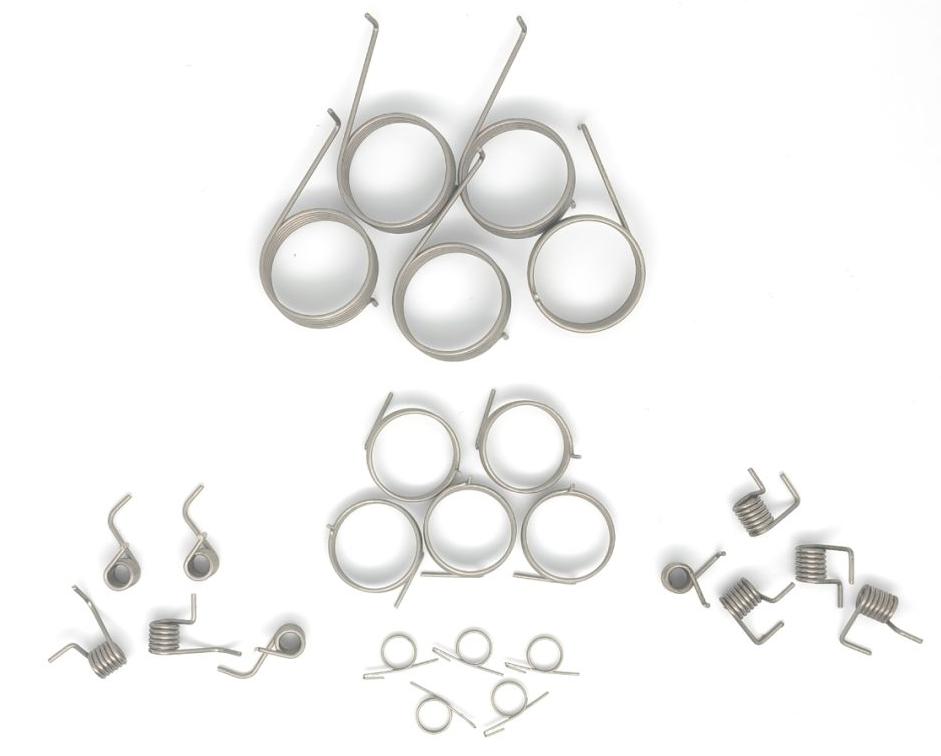
Importance of Customization
While standard, off-the-shelf torsion springs are readily available, they may not always meet the specific requirements of bicycle design. Bicycles come in various shapes, sizes, and configurations, each with unique demands and performance objectives. Customizing torsion springs allows designers and manufacturers to tailor their characteristics to suit these specific needs, resulting in enhanced functionality and performance.
Moreover, custom torsion springs enable designers to innovate and push the boundaries of bicycle technology. By experimenting with novel materials, geometries, and manufacturing techniques, they can develop springs that offer superior performance, longevity, and responsiveness compared to off-the-shelf alternatives.
How Custom Torsion Springs Enhance Bicycle Performance and Functionality?
Custom torsion springs play a crucial role in enhancing bicycle performance and functionality in several ways:
- Optimized Performance: Custom torsion springs can be tailored to meet the specific requirements of different bicycle components such as suspension systems, braking mechanisms, and gear assemblies. By fine-tuning parameters such as coil diameter, wire diameter, and material composition, designers can optimize the spring’s performance characteristics to match the demands of the intended application. This optimization ensures that the torsion spring operates efficiently, contributing to overall bicycle performance.
- Improved Comfort and Control: Torsion springs used in suspension systems help absorb shocks and vibrations from uneven terrain, providing a smoother and more comfortable ride for cyclists. Customization allows designers to adjust the spring’s stiffness and damping properties to suit the rider’s preferences and riding conditions. This customization enhances control and stability, allowing cyclists to navigate challenging terrain with confidence.
- Enhanced Braking Performance: Custom torsion springs used in braking systems play a critical role in ensuring consistent and reliable braking performance. By customizing the spring’s design and characteristics, designers can optimize brake pad engagement and release, resulting in improved modulation and stopping power. This enhanced braking performance enhances safety and confidence for cyclists, especially in demanding riding conditions.
- Smooth Gear Shifting: Torsion springs integrated into gear mechanisms help facilitate smooth and precise gear shifting. Customization allows designers to fine-tune the spring’s tension and responsiveness, ensuring seamless transitions between gears without slippage or hesitation. Smooth gear shifting enhances the efficiency and responsiveness of the drivetrain, enabling cyclists to maintain optimal cadence and power output.
- Reduced Maintenance and Wear: Custom torsion springs designed with durable materials and optimized geometries are more resistant to fatigue and wear. By selecting high-quality materials and incorporating advanced manufacturing techniques, designers can prolong the service life of torsion springs, reducing the need for frequent maintenance and replacement. This reliability and durability contribute to overall bicycle longevity and rider satisfaction.
- Tailored Ergonomics: Custom torsion springs can also be used to enhance the ergonomics and user experience of bicycle components such as pedals, seat post clamps, and kickstands. By customizing the spring’s tension and engagement characteristics, designers can optimize user comfort and convenience, making the cycling experience more enjoyable and intuitive for riders of all levels.
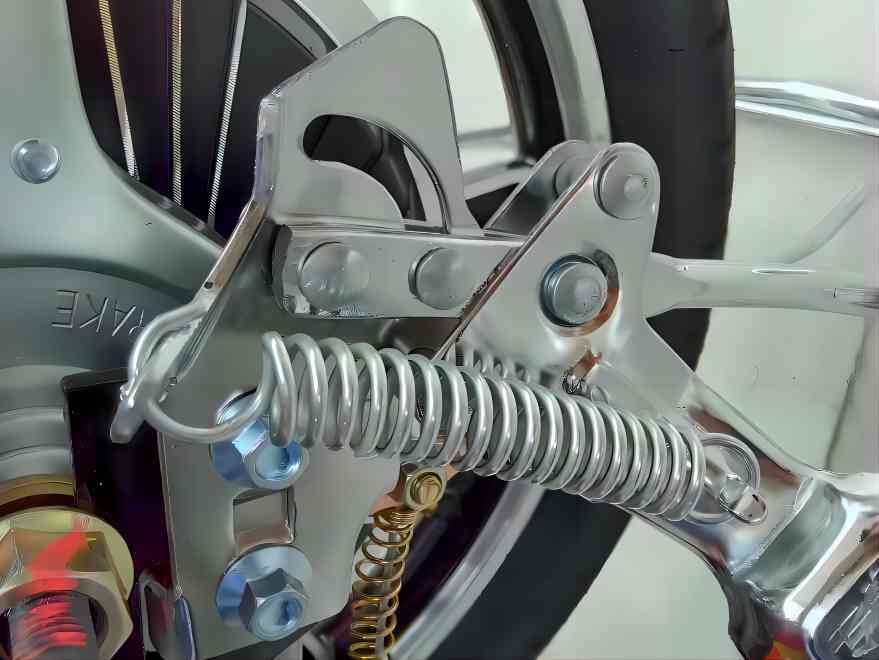
Conclusion
In conclusion, custom torsion springs play a pivotal role in the design and functionality of bicycles. Their ability to store and release rotational energy in a controlled manner makes them indispensable components in various critical systems, including suspension, braking, and gear mechanisms. By embracing customization, designers and manufacturers can unlock new possibilities in bicycle design, enhancing performance, comfort, and safety for riders everywhere. As the cycling industry continues to evolve, custom torsion springs will remain essential contributors to its ongoing innovation and advancement.

